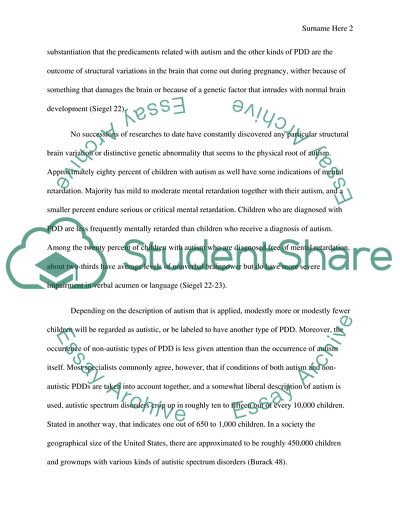Cite this document
(Autism: Neural Basis and Treatment Possibilities Assignment, n.d.)
Autism: Neural Basis and Treatment Possibilities Assignment. https://studentshare.org/health-sciences-medicine/1850530-not-decidingproposal
Autism: Neural Basis and Treatment Possibilities Assignment. https://studentshare.org/health-sciences-medicine/1850530-not-decidingproposal
(Autism: Neural Basis and Treatment Possibilities Assignment)
Autism: Neural Basis and Treatment Possibilities Assignment. https://studentshare.org/health-sciences-medicine/1850530-not-decidingproposal.
Autism: Neural Basis and Treatment Possibilities Assignment. https://studentshare.org/health-sciences-medicine/1850530-not-decidingproposal.
“Autism: Neural Basis and Treatment Possibilities Assignment”. https://studentshare.org/health-sciences-medicine/1850530-not-decidingproposal.


